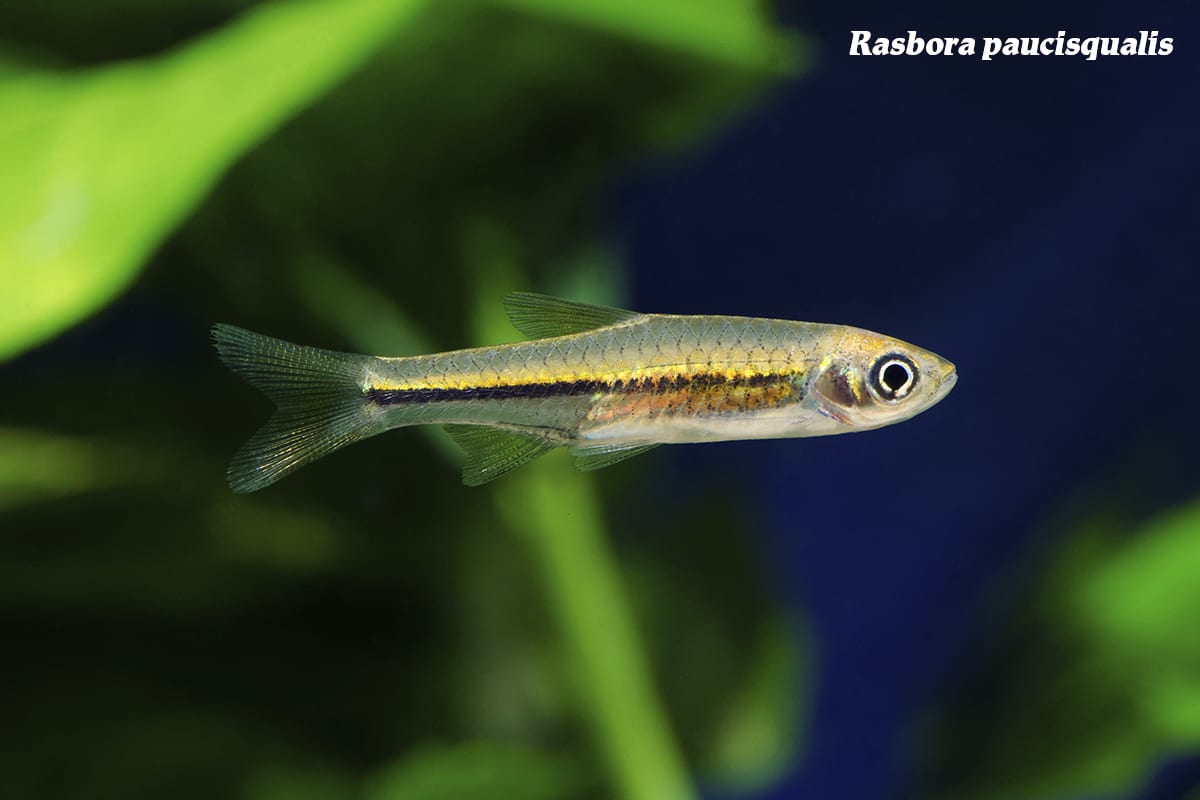You’re the Burmese Knees!
You’re the Burmese Knees
Happy Valentine’s weekend aquarists! We hope you’re stuffed full of heart-shaped candies in the candlelight with the smell of roses in the air, but what if, instead of celebrating with these American classics, we could be whisked off on romantic getaways to unknown and isolated lands? Imagine clear, forest pools connected by trickling streams under a tropical canopy, ah. Now imagine this setting is over 10,000 feet in the air. Sound too good to be true? Think again! A peaceful gem in the country now known as Myanmar, the Rakhine state is isolated by the Arakan mountains. With an effective barricade to invasion, the Rakhine people maintained their own language and culture as conqueror after conqueror, and one of the world’s longest civil wars ravaged this Southeast Asian country. Not only has this mountain range fostered prosperity for its people but also for its fish. A barrier to southwestern monsoons, these mountains catch 1 meter of rain a month, keeping the western slopes a beautiful, moist habitat for forest-stream-ophiles. A few of our favorite Arakan mountaineers include Danio aesculapii, Garra spilota, and Rasbora paucisqualis.
Scientific NameDanio aesculapii
Common NamePanther Danio
Temperature / pH72 to 80°F / 7.0 pH
Native LocationMyanmar
Preferred DietSmall invertebrates
Found in shallow forest streams in marginal zones, D. aesculapii is 1 of 8 officially recognized danios endemic to the Arakan mountains. Known commonly as “Panther Danios”, these small, minnow-like fish reach a maximum length of 1 inch and exhibit silver bodies, golden fins, and panther-like patterning along their sides. Particularly beautiful in planted tanks with dark substrate, they do best in forest stream aquascapes including scattered water-worn rocks, driftwood branches, hardy plants like Bolbitis spp. or Anubias spp.,and stretches of open swimming space. Particularly sensitive to water quality, they require pristine, well-oxygenated waters with some flow (not venturing to the torrent-like range), and tanks should be equipped with good filters and gentle powerheads. A talented jumper, these danios also require a tight-fitting lid. Generally peaceful, Panther Danios can be kept in well-furnished Southeast Asian community tanks in conspecific groups of 5 or more. Feeding predominantly on insects and their larvae in the wild, they should be fed regular live and frozen meals, though they will accept high-quality dried products as the bulk of their captive diets without fuss. Tank waters are best maintained with temperatures of 72 to 80°F, neutral pH, and hardness between 18 and 90 ppm.
Scientific NameGarra spilota
Common NameSpotted Garra
Temperature / pH68 to 78°F / 6.0 to 7.5 pH
Native LocationMyanmar
Preferred DietAlgae, small invertebrates
Collected primarily from hilly bamboo forest streams of the Irrawaddy watershed, G. spilota is the attractive cousin of the common “Panda Garra”. Known as “Spotted Garras”, these bottom-dwellers reach 3 inches in length and exhibit gold bodies, pink fins, and black spots down their sides. These garras do best in forest stream aquascapes and require plenty of shade and hiding places in the form of water-worn rocks and boulders, and driftwood furnishings. An algae grazer by nature, they can be used to this effect in well-established tanks with a biofilm layer. In the wild they will opportunistically consume small invertebrates, and should be fed regular live and frozen meals in captivity alongside prepared vegetal offerings like spirulina. Peaceful, and good community-tank subjects, they can be kept with any non-aggressive forest-stream dweller. Tank waters should be kept with temperatures between 68 and 78°F, pH of 6.0 to 7.5, and hardness around 36 to 215 ppm.
Scientific NameRasbora paucisqualis
Common NameBurmese Gold Neon Rasbora
Temperature / pH72 to 78°F / 6.0 to 7.5 pH
Native LocationMyanmar
Preferred DietSmall invertebrates
As beautiful as the jade and gems Myanmar is known for, R. paucisqualis is a lotic cyprinid, and another ideal inhabitant for Southeast Asian forest stream aquascapes. Reaching 1.5 inches in length these “Burmese Gold Neon Rasboras” have silver bodies, golden heads, and a gold-outlined dark band down their sides. Particularly stunning in their schools, these rasboras should be kept in large conspecific groups at 7 or more, and would do outstandingly well in community setups including tank-mates like danios and garras. Generally found spending their time swimming between roots and driftwood branches, tanks should be well furnished as outlined in the previous sections. Opportunistic omnivores by nature, these rasboras usually feed on small invertebrates and aufwuchs, and should be fed high-quality tropical flake with regular supplementation of live and frozen offerings. Tank waters should be kept pristine with frequent water changes, and temperatures should be maintained between 72 and 78°F, pH around 6.0 to 7.5, and hardness of 35 to 214 ppm.
Would that we could all spend Valentine’s weekend in paradise, isolated from the hustle-and-bustle, but we’ll have to settle for the next best thing, and create our own slices of paradise at home. Maybe a little window into a tropical mountain to sweep you off your feet.


